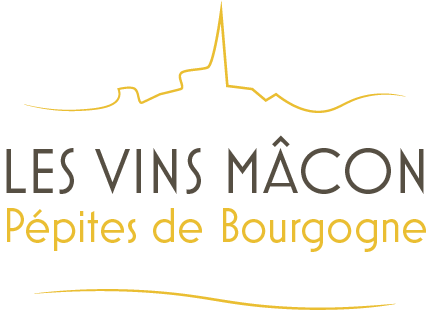Mâcon-Verzé
The wines
White wines
The whites have a deep golden yellow color, and on the nose, trigger a sensation of aromatic richness without exuberance. They present a lovely olfactive intensity, with clear aromas of grapefruit and white forest blossom like acacia. In the mouth, fine minerality results in a very rigorous profile without losing any of indulgence.
Red wines
Located in a wide valley of west-facing slopes that is perfectly suited to the Gamay grape, Mâcon-Verzé produces red wines that reflect this with a delightfully intense dark ruby color. Morello cherries, red berries, and sloe brandy are all expressed spontaneously, making these wines very accessible to amateur wine lovers. Indulgent and silky in the mouth, they are a fine example of red Mâcon wines.
Colors
Production

mâcon Verzé
An additional geographical denomination that is part of the Régionale Mâcon appellation in the Mâconnais.
According to the 2005 specifications rules, the name Mâcon-Verzé refers to white, red, and rosé wines grown within a defined area in the village of Verzé.
Situation
In the center of the large Mâconnaise valley, the vineyards of Mâcon-Verzé extend to the communal boundaries to the north and south, where the appellations of Mâcon-Igé and Mâcon-La-Roche-Vineuse respectively begin.
Verzé grew up around a Roman settlement which was cut through by the stream of Talenchant, whose waters then fed into the moat of the medieval fortifications erected by the canons of the Cathedral of Saint-Vincent de Mâcon, part of which is still visible in the center of the village. Its winegrowing reputation was first recorded in 1670 by the king’s tax inspectors who noted that: “There are vines here producing wines that are not bad.”
In the 1960s, Verzé was in the front line of a plan to improve the quality of the wines, although at the time, the infrastructure in the wineries was not yet suited to new packaging methods. By installing a collective bottling line in the winery of the Château de Vaux, the winemakers of Verzé and their coworkers in the cooperative union contributed significantly to distributing labels, key vectors in boosting the notoriety of the Mâconnais AOCs.
Terroir
Level 1
The vines of Verzé are mainly found on the long west-facing slope at between 280 and 410 meters above sea level in the plots of Chanteperdrix, Charnay, and Jobeline, beneath La Grande Chassaigne at 482 meters above sea level, and Mont Chevreuil at 464 meters above sea level, these reliefs separated by the valley of the Talenchant. To the east, the short and steep hillside of Bois de Verzé is home to vines that grow at between 270 and 345 meters above sea level (La Chevrière, Essart), in a temperate climate unique to the central Mâconnais.
Level 2
As the long valley of Azé-Igé continues, Verzé offers limestone massives and soft marl by turns. The western slope and reverse side (Vaux-Verzé) are composed of a fossil-rich Bajocian pavement that dates back 170 million years, made of crinoidal limestone and limestone with polypier debris, sometimes with iron-rich veins and planted with Gamay. The foot of the slope and the slope itself combine white marl and limestone from the Upper Jurassic, dating back between 140-160 million years ago, with soils of varying depth.

